Handicap accessibility at the FIFA World Cup in Qatar
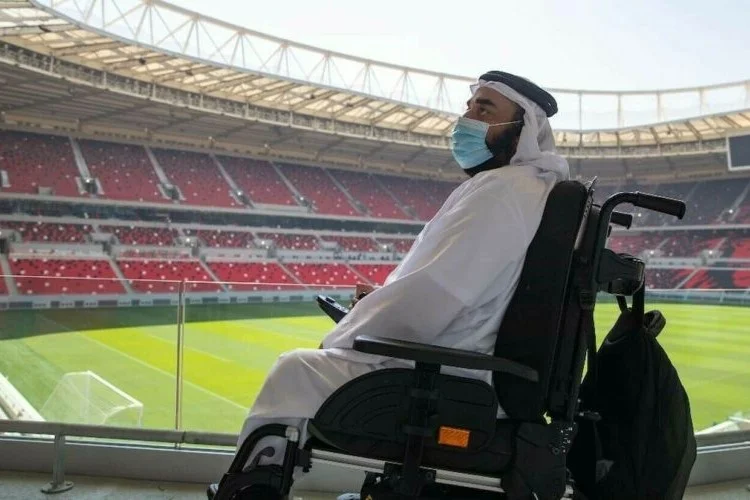
Unable to score on the field, disabled people can still enjoy the game from their seats. “The thrill of being in the stadium among the crowds is something out of this world,” smiling from ear-to-ear Fatima Al Shibli a wheelchair user describes watching a soccer match for the first time in her life.
Although people with various disabilities couldn’t participate in many events due to a lack of accommodations, post-FIFA Arab Cup Qatar became a much more disability-friendly place.
Being in the Stadiums can be a vastly different experience for a disabled person. But people who are visually impaired this year will be able to use “audio-descriptive commentary” (ACD) to enjoy a detailed description of what is happening in the match, which FIFA will be providing ADC globally. “Just like us, disabled people deserve the opportunity to watch the tournament.” Ikrami Maddad, the Supervisor of Programs and Activities at the Qatar Social and Cultural Center for the Blind, said passionately.
Maddad was part of the delegations that went to the 2018 World Cup in Russia to test their facilities’ accommodations for disabled people and to make recommendations to FIFA. “The tournament in Russia was very accessible,” He said. “However, one of their shortcomings was that most cultural activities were inaccessible to the blind.”
Disabled people struggled to enter the Arab Cup stadiums, “due to the lack of knowledge in how to deal with the disabled among security staff and volunteers.” According to both Maddad and Shibli.
In response to Al Shibli, Mo Mohammadi, FIFA World Cup Social Responsibility & Accessibility Manager, said in a statement to Meer, “Every PSA point has a priority lane where people will be entering the stadium’s precinct. The priority lane serves disabled people, whether sensory or physically impaired. Moreover, all staff, including our 20,000 volunteers, had disability etiquette training for the FIFA Arab Cup. We had around 300 feedback responses in total for the whole tournament. We scored them out of five and scored 4.8. Some areas needed improvement,” adding that the training package provided by FIFA this time will include a lot of visuals, including three videos on how to speak with disabled people.
“Hopefully, those unpleasant experiences that your interviewees went through will not happen in the FIFA World Cup,” Mohammadi stated.
Shibli, on the other hand, faced some struggles using transportation and didn’t receive a response to her complaints.
“The process varies from stadium to stadium, the metro stations that serve the stadiums are varying distances away, so it requires different types of transport to assist people from the metro station. Regarding the smoothness of the ride, wheelchairs should be secured into a position, so they’re secured within the vehicle.
I assume that would’ve happened to her,” said Mark Dyer, Inclusive Design Adviser in the Supreme Committee for Delivery & Legacy, who is a wheelchair user himself. “However, this amount of movement is similar to when you’re in a metro and your chair moves against the movement of the vehicle, that is just a typical experience.”
“We have a grievance mechanism where their complaints can be launched. So we rectify the flaws for the next match. And if it’s an issue that is long-term, we can improve upon, then it will be built in for the next tournament.” Mohammadi stressed.
“Well, I think they first need to buy tickets!” Mohammadi said smilingly when asked about his advice for disabled people who want to attend the tournament.
“I think the key thing is planning your journey. Having that confidence and assurance is critical so do some research upfront. It will make your experience easier on that day. Find a method of transportation that works for you and whoever you’re traveling with, be it using the metro, a taxi, or a bus.
Understand which part of your journey is more challenging before you get your transport mode. Everyone has different individual needs as to what works best for them. There will be four or five other options. Hopefully, you can find the one that works for you and gives you the most comfortable experience,” Dyer said.
“A fan guide containing all the information regarding transportation and getting into stadiums will be produced. They can download that fan guide onto their mobile phones or devices.
If they are blind and using the ADC, there is an app from FIFA they can download to their mobile phone. Furthermore, we’ll be communicating instructions through ticketing. We’ll publish all this information on the website for international spectators and locals. More of the press information about the accessible facilities and services will be offered as well.” According to Mohammadi.
World Cup stadiums have sensory rooms, adult changing places, accessible toilets, accessible counters, and other facilities.
The disability community is one of the largest minorities that is often neglected. However, there is a genuine desire to make this tournament the most inclusive. Nonetheless, there is still more to be achieved concerning disability awareness and accommodations in Qatar.
 Algeria
Algeria Bahrain
Bahrain Comoros
Comoros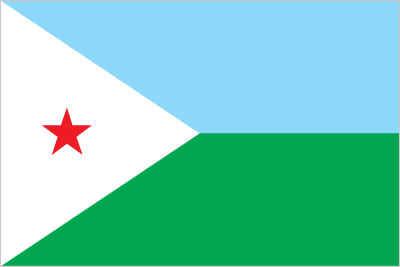 Djibouti
Djibouti Egypt
Egypt Iraq
Iraq Jordan
Jordan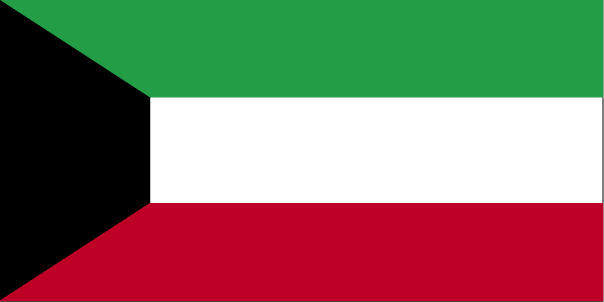 Kuwait
Kuwait Lebanon
Lebanon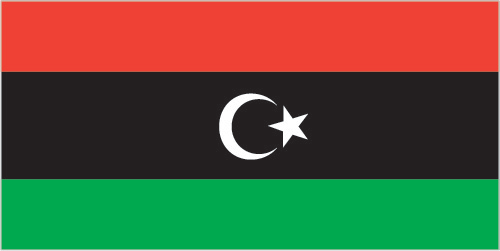 Libya
Libya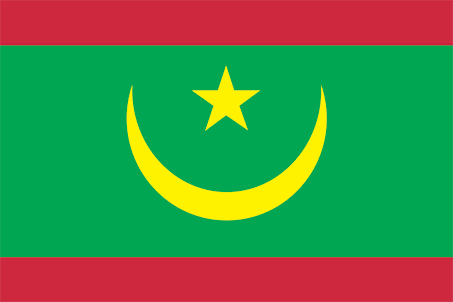 Mauritania
Mauritania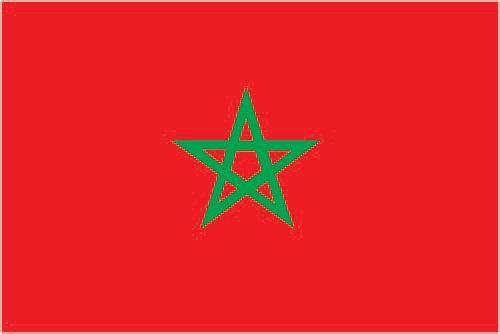 Morocco
Morocco Oman
Oman Palestine
Palestine Qatar
Qatar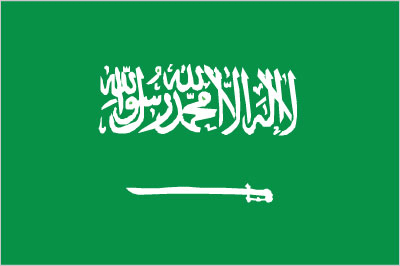 Saudi Arabia
Saudi Arabia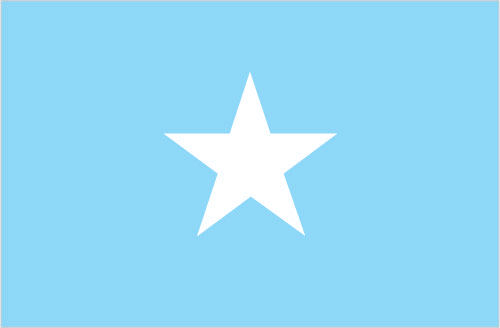 Somalia
Somalia Sudan
Sudan Tunisia
Tunisia UAE
UAE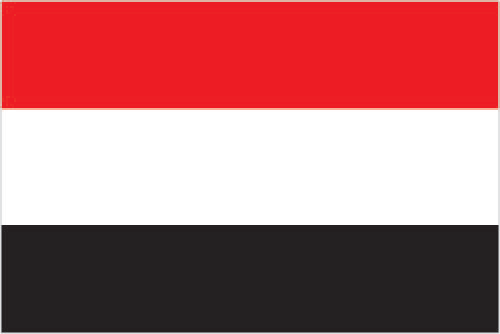 Yemen
Yemen





